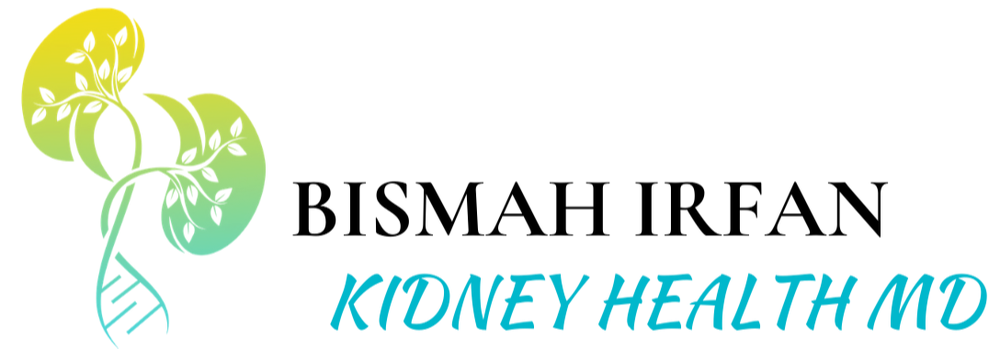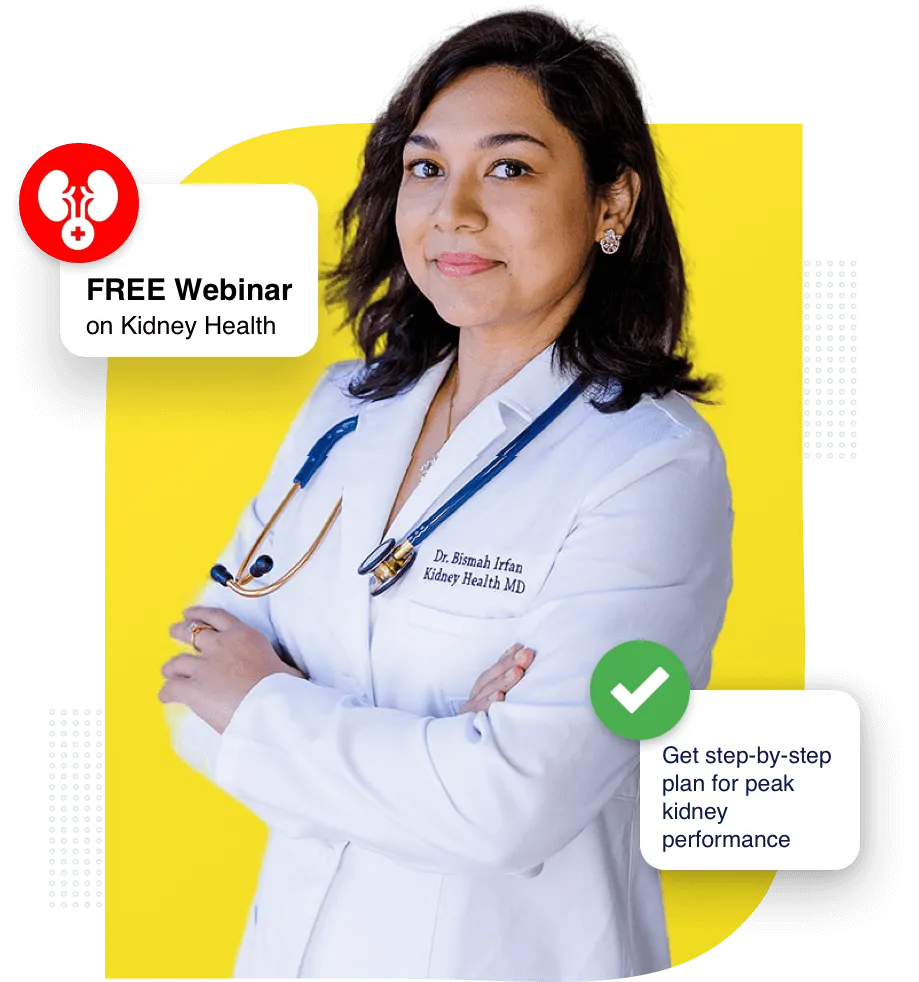Your kidneys serve as your body’s filter system, regularly extracting waste products and excess fluid from your blood. When kidney function declines, toxins build up – leading to kidney failure. Dialysis offers a lifeline to those suffering from this condition – though with two main dialysis options (hemodialysis and peritoneal dialysis), choosing which method best meets your needs can seem overwhelming. At Dr. Bismah Irfan’s site, we aim to empower you with knowledge so you can make an informed decision! Hemodialysis vs Peritoneal Dialysis?
Understanding Kidney Failure as a Silent Threat
@kidneyhealthmd Types of Dialysis and their difference. #KidneyHealth #MaximizeKidneyHealth #Inflammation #ChronicKidneyDisease #FunctionalMedicine #HealthyDiet ♬ original sound – Kidney and Holistic MD
Healthy kidneys perform a key function – filtering waste products like urea and creatinine from your blood, controlling blood pressure, and producing hormones essential to red blood cell production, bone health, and appetite regulation. When kidney function declines, these vital functions become impaired; symptoms including fatigue, nausea, decreased appetite, or difficulty focusing may become apparent as soon as symptoms like fatigue appear. Early diagnosis and treatment are critical if any health problems exist within a household!
Hemodialysis: The Lifeline of Artificial Filtration
Artificial filtration treatment hemodialysis serves as the cornerstone therapy for kidney failure, acting like an external kidney by filtering your blood through a machine.
The Mechanics of Hemodialysis
Imagine an intricate machine replicating the functions of a healthy kidney, performing dialysis sessions by extracting blood through needles placed into specially created vascular access points in your arm, which mimic the functions of healthy kidneys. Hemodialysis treatments use one or more of three access options that resemble healthy kidney functions:
- Arteriovenous fistula (AV fistula): For easier dialysis treatment, surgeons commonly create arteriovenous fistulas by connecting two veins in your arm; thus creating a wider vein to support blood flow during dialysis treatments.
- Arteriovenous Graft (AVG): When creating a fistula is impossible, synthetic tubes such as AVGs may connect an artery and vein directly.
- Catheter: When temporary access or permanent entry is desired in chest or neck veins. Occasionally a catheter will also be inserted.
Once blood leaves your body, it travels via tubing to a dialyzer at the core of a hemodialysis machine, called the dialyzer. This dialyzer contains thousands of small hollow fibers through which blood flows while dialysate (an anticoagulant solution) travels in reverse. Thin walls on these fibers allow waste products and excess fluid from your blood to pass into dialysate while your red blood cells and essential components remain within. Your cleaned blood then passes back through another needle at your access point once complete filtration cycle is completed by this cycle of cleansing filtration cycle.
Hemodialysis sessions typically last three to four hours per session and should take place three or four times weekly, although their exact frequency and duration will depend on your specific needs and severity of kidney failure.
Advantages of Hemodialysis
Hemodialysis offers several advantages for patients suffering from significant kidney function impairment:
- Highly Effective: Hemodialysis offers a cost-effective method to remove waste products and excess fluid that your failing kidneys no longer are capable of processing, helping keep you living a more natural life.
- Hemodialysis Is Appropriate for Many: Hemodialysis can provide an option that’s suitable for patients with various degrees of kidney failure.
- Expert Supervision: Treatments take place under medical professionals’ watchful supervision at dialysis centers to ensure proper monitoring and adjustments as necessary.
The Disadvantages of Hemodialysis
Hemodialysis offers lifesaving interventions; however, there can also be drawbacks associated with it:
- Frequent Hospital Visits: Multiple dialysis sessions per week requiring hospital visits for dialysis treatments can disrupt daily schedules and limit flexibility.
- Scheduling Challenges: Coordinating dialysis appointments around work, family commitments, and other activities may present scheduling obstacles.
- Vascular Access Complications: Due to possible infection at access sites as well as blood clot formation at those accessing dialysis, monitoring must take place for caretaking purposes and potential infection risk needs constant assessment and caretaking efforts must continue for ongoing safety of accessing.
- Diet and Fluid Restrictions: To help manage fluid build-up between dialysis sessions, it may be beneficial to impose strict dietary and fluid consumption limits.
Even with its limitations, hemodialysis remains an effective means of treatment for many with kidney failure. By understanding its process and implications, you can work closely with your physician to decide if hemodialysis is suitable for you.
Read more: Can dialysis be temporary?
Peritoneal Dialysis: Dialysis Done Your Way
Peritoneal dialysis offers a unique method of dialysis by turning the body itself into an effective filter system.
Utilizing Your Peritoneum – Think of Your Body Like a Filter
Peritoneal dialysis uses your abdominal cavity’s lining (known as the peritoneum) as a giant filter to efficiently rid itself of waste products, with dialysis using only that particular process as its mechanism of removal. Here’s How It Works;
- Catheter Placement: When starting dialysis treatment, a thin flexible tube known as a catheter will be surgically placed into your abdomen as the gateway for dialysis solution delivery.
- Dialysate – Cleansing Fluid: Dialysate is administered into your abdomen via a catheter to cleanse it thoroughly, with electrolytes and components balanced similarly to what would exist within blood plasma.
- Diffusion – The Exchange Process: As soon as your dialysate enters your abdomen, waste products and excess fluid from blood vessels lining your peritoneum will naturally diffuse into it due to concentration differences between your bloodstream and dialysate. This diffusion occurs due to natural diffusion.
- Drainage and Refill: After an extended residence time (typically 6-8 hours), used dialysis fluid containing waste products is removed through your catheter from your abdomen through drainage, with fresh dialysate being introduced again into your system to restart waste removal cycles.
Peritoneal dialysis offers two primary methods for performing exchanges:
- CAPD (Continuous Ambulatory Peritoneal Dialysis): This technique requires manual exchanges of dialysate solution throughout the day – usually four or six exchanges daily – performed either independently by yourself or with help from trained caregivers.
- Automated Peritoneal Dialysis: It utilizes an autocycler machine to automate your exchange process while you sleep at night. Specifically, this type of dialysis fills your abdomen with dialysate at set intervals during a programmed schedule before draining away the used solution and refilling with fresh material at set times during each cycler run.
The Benefits of Peritoneal Dialysis
Peritoneal dialysis offers several distinct advantages for those searching for more control and flexibility with their dialysis treatment:
- Freedom and Independence: Sessions can be done on your schedule at home, providing more freedom than with traditional hemodialysis treatments.
- Less Disruptive: Peritoneal dialysis typically has less of an impactful presence in daily activities. You can arrange dialysis exchanges around work, hobbies, and social obligations without too much of an interruption to your daily routine.
- Reduced Diet and Fluid Restrictions: Peritoneal dialysis may allow less stringent diet and fluid restrictions compared with hemodialysis.
The Disadvantages of Peritoneal Dialysis
While providing greater flexibility than hemodialysis, peritoneal dialysis also has some downsides:
- Effectiveness: For some patients who have suffered significant kidney function loss, peritoneal dialysis may not be as efficient at flushing waste out as its hemodialysis counterpart.
- Infection Risk: Living with a catheter increases your risk of infection; good hygiene practices and regular check-ups are therefore critical.
- Time Commitment: Daily exchanges for CAPD require ample planning time in addition to being time-consuming in themselves.
- Suitability: Peritoneal dialysis may not be suitable for everyone; significant abdominal scarring or obesity could present difficulties that make this method challenging to undertake.
Read more: How long can you live on dialysis?
Select the Appropriate Path
Understanding the advantages and disadvantages of both hemodialysis and peritoneal dialysis will enable you to become actively engaged in making treatment decisions. Consulting your physician through Dr. Bismah Irfan’s website is key to choosing an approach tailored specifically for you based on individual needs and lifestyle considerations.
| Feature | Hemodialysis | Peritoneal Dialysis |
| Process | Blood is filtered by a machine (artificial kidney) outside the body. | Waste products diffuse from blood vessels into dialysis solution within the abdomen. |
| Location of Treatment | Dialysis center | Home |
| Frequency | 3-5 times per week | Daily exchanges (CAPD) or nightly automated exchanges (APD) |
| Duration per Session | 3-4 hours | Varies depending on exchange type (CAPD: shorter exchanges, APD: longer dwell times) |
| Vascular Access | Fistula (preferred), graft, or catheter | Catheter implanted in the abdomen |
| Advantages | Highly effective waste removal, suitable for many patients, expert medical supervision | Greater flexibility and independence, less disruption to daily routine, potentially fewer dietary/fluid restrictions |
| Disadvantages | Frequent hospital visits, scheduling challenges, potential vascular access complications, and stricter dietary/fluid restrictions may be necessary | May not be as effective for all patients, increased infection risk due to catheter, daily exchanges can be time-consuming, and not suitable for everyone (abdominal scarring, obesity) |
Knowledge Is Power When Navigating Dialysis
Hemodialysis and peritoneal dialysis – two mainstays of dialysis treatment – both provide their own set of advantages and drawbacks for you as you embark on this journey. Hemodialysis provides highly efficient filtration within a controlled setting but often necessitates hospital visits, schedule adjustments, and frequent scheduling adjustments while home dialysis offers greater flexibility, but may have some limits in effectiveness and even carry risk for infection.
Your best choice depends on your medical condition, lifestyle choices, and overall health. By consulting your physician at Dr. Bismah Irfan‘s website you can gain a clearer understanding of both options before making an informed choice that allows you to effectively manage kidney failure while leading an enriching life!


